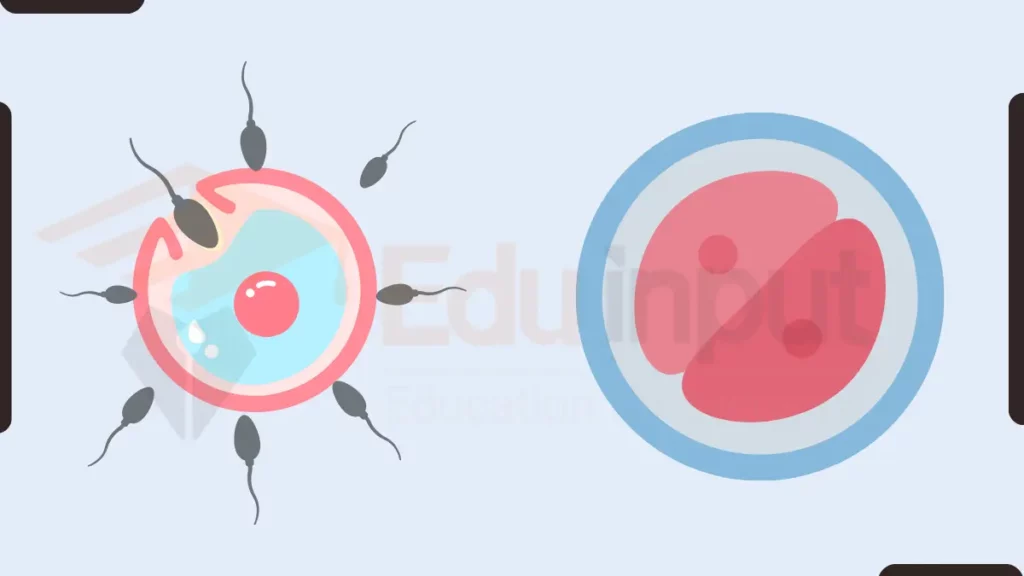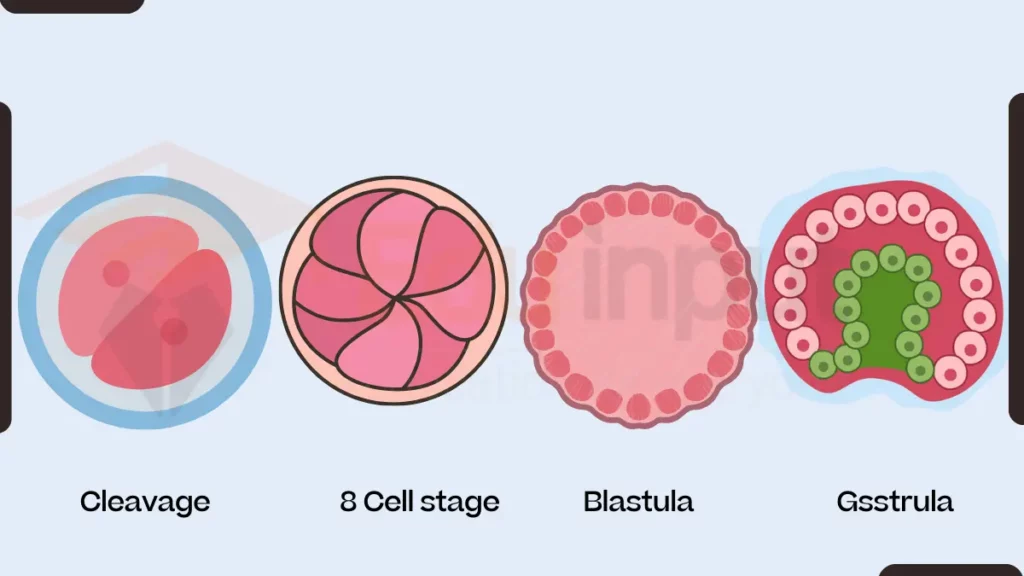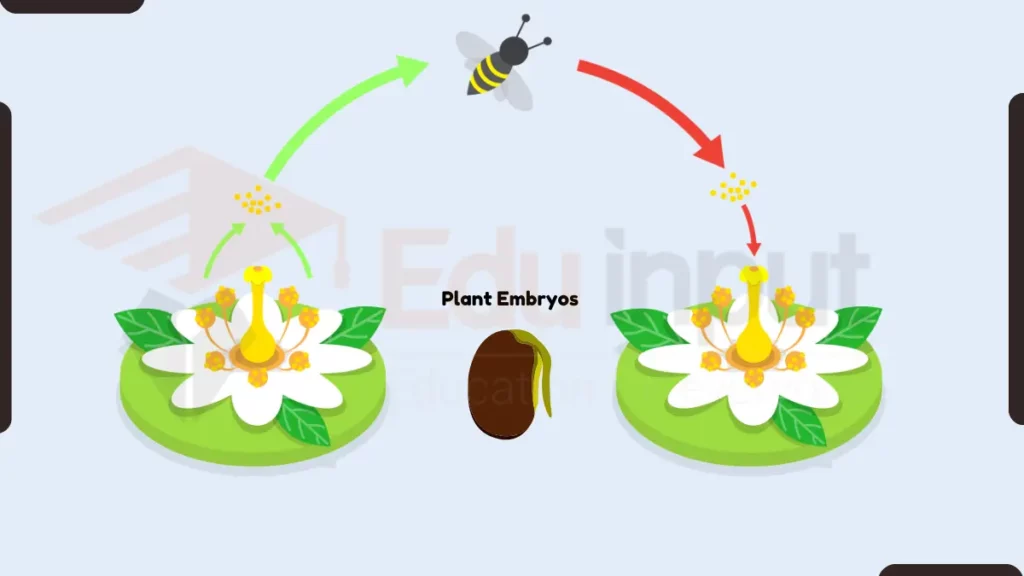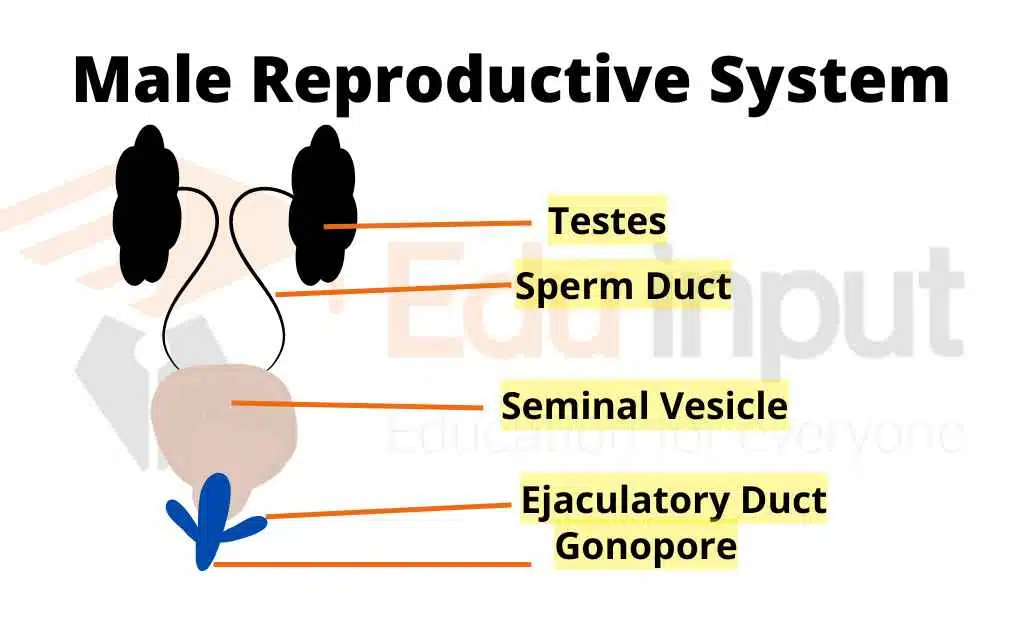Zygote-Definition, Formation, and Development in Animals & Plants
Zygote Definition
A zygote is the fertilized egg cell that is formed when a sperm from a male joins with an egg from a female. It is the first stage of embryonic development and contains all of the genetic material needed to develop into a new organism.

Formation of Zygote in Animals
The formation of a zygote, also known as fertilization, occurs in the female reproductive system, specifically in the Fallopian tube. During fertilization, a sperm cell penetrates the protective outer layer of an egg cell and their nuclei fuse.
This fusion results in the formation of a single cell with a diploid nucleus, meaning it contains two sets of chromosomes, one from each parent.
Development of Zygote
Here are the stages of development of zygote in Animals:

1. Cleavage
The zygote undergoes rapid cell division, known as cleavage, to form a ball of cells called a morula.
2. Blastulation
The morula continues to divide and transform into a blastocyst, a hollow sphere with an inner cell mass and an outer trophoblast layer. The blastocyst hatches from the zona pellucida, a protective layer surrounding the zygote, and implants itself in the lining of the uterus.
3. Gastrulation
During gastrulation, cells within the inner cell mass begin to differentiate and form cavities. This process establishes the three primary germ layers:
4. Ectoderm
The outermost germ layer, is responsible for forming the nervous system, including the brain, spinal cord, and sensory organs. It also forms the skin, hair, and nails.
5. Mesoderm
The middle germ layer, responsible for forming a wide range of connective tissues, including muscles, bones, blood cells, and the urogenital system. It also plays a crucial role in the development of the circulatory and cardiovascular systems.
6. Endoderm
The innermost germ layer, responsible for forming the epithelial lining of the digestive and respiratory systems. It also contributes to the development of other essential organs, including the pancreas, liver, and thyroid gland.
7. Neurulation
The formation of the neural tube, which will eventually give rise to the brain and spinal cord, occurs during neurulation. The notochord, a rod-like structure formed from mesoderm, plays a critical role in guiding this process.
8. Organogenesis
As the germ layers continue to differentiate and organize, various organs and tissues begin to develop through the process of organogenesis. This intricate process involves complex interactions between cells and signals that guide their specialization and patterning.
Timeline of Zygote Development
- 0-3 days: Zygote undergoes cleavage, forming a morula.
- 4-5 days: Morula transforms into a blastocyst.
- 6-7 days: Blastocyst hatches from the zona pellucida.
- 7-10 days: Blastocyst implants in the uterine lining.
- 11-14 days: Epiblast differentiates into two layers: epiblast and hypoblast.
- 15-21 days: Three primary germ layers (ectoderm, mesoderm, endoderm) form from the epiblast.
Zygote In Plants
A zygote in plants is also known as an oospore. It is the first cell formed by the fusion of a male sperm cell and a female egg cell. It is the beginning of plant embryonic development.
Formation of Zygote in Plants
The formation of a zygote in plants, known as fertilization, occurs within the female reproductive organ, the ovule, specifically within the embryo sac.
During fertilization, a pollen tube, carrying the male sperm cell, grows down the style of the flower and enters the ovule through the micropyle. Once inside the ovule, the pollen tube releases the sperm cell, which then fuses with the egg cell.

Development of Zygote in Plants
Unlike animal zygotes, which undergo rapid cell division immediately after fertilization, plant zygotes undergo a period of dormancy before starting to divide. This dormancy period can vary depending on the plant species but typically lasts for several days or even weeks.
After the dormancy period, the plant zygote undergoes cell division to form a ball of cells called a proembryo. The proembryo then continues to divide and elongate, forming a suspensor and an embryo.
The suspensor anchors the embryo to the endosperm, which is the nutrient-rich tissue that surrounds the embryo.
Establishment of Germ Layers in Plant Embryos
In contrast to animal embryos, which form three primary germ layers (ectoderm, mesoderm, and endoderm), plant embryos only form two distinct germ layers: the protoderm and the ground tissue.
- Protoderm: The protoderm is the outermost layer of the plant embryo and gives rise to the epidermal tissues, including the epidermis, cuticle, and stomata.
- Ground Tissue: The ground tissue is the inner layer of the plant embryo and gives rise to all other tissues in the plant, including the vascular system, cortex, and pith.
Further Development of Plant Embryo
The plant embryo continues to develop and differentiate, forming various organs and structures. These include the root primordium, the shoot primordium, and the cotyledons, which are the first leaves of the plant.





Leave a Reply